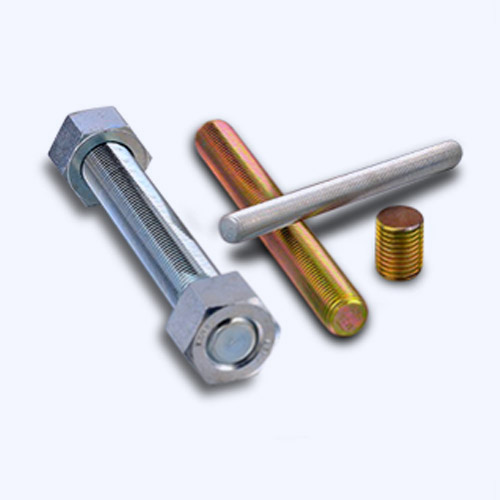okt . 07, 2024 19:31 Back to list
bolt head styles
Understanding Bolt Head Styles A Comprehensive Guide
When it comes to fastening components in mechanical and structural applications, the choice of bolt head style plays a crucial role in both functionality and accessibility
. Different bolt head styles are designed for specific tools, environments, and applications, providing unique benefits to engineers and technicians.One of the most prevalent bolt head styles is the hexagonal head, commonly referred to as a hex bolt. This type of bolt can be easily tightened or loosened using a standard wrench or socket, making it a favorite in various construction and engineering projects. The hex design offers excellent grip and leverage, allowing for high torque applications, which is essential in ensuring that joints remain secure under load.
Another popular style is the square head bolt. Traditionally used in wood construction, square heads provide a larger surface area for turning, which can be advantageous in certain applications, especially where space is limited. While less common in modern construction, square bolts still find their place in specialized projects.
bolt head styles

The Torx bolt head, characterized by its star-shaped pattern, has gained popularity due to its superior fastening capabilities. The design minimizes the risk of slipping, allowing for higher torque levels without damaging the head. This style is frequently used in automotive and electronic applications, where precision and reliability are paramount.
In contrast, the socket head style, which features a cylindrical shape designed for a hex key, offers a neat and streamlined appearance. This design allows for installation in tight spaces where traditional wrenches may not fit, making it a preferred choice in robotics and machinery.
Other less common but equally important styles include the slotted head, which allows for easy installation with a flathead screwdriver, and the Phillips head, which provides increased grip for better torque control. Both styles, however, are generally less favored in high-stress environments due to their susceptibility to stripping.
In conclusion, the selection of bolt head styles is integral to the efficiency and effectiveness of fastening applications. Understanding the advantages and appropriate uses for each style enables engineers and technicians to make informed decisions, ensuring the integrity and safety of their projects. As innovations in materials and design continue to evolve, we can expect to see even more specialized bolt head styles emerge in the future.


